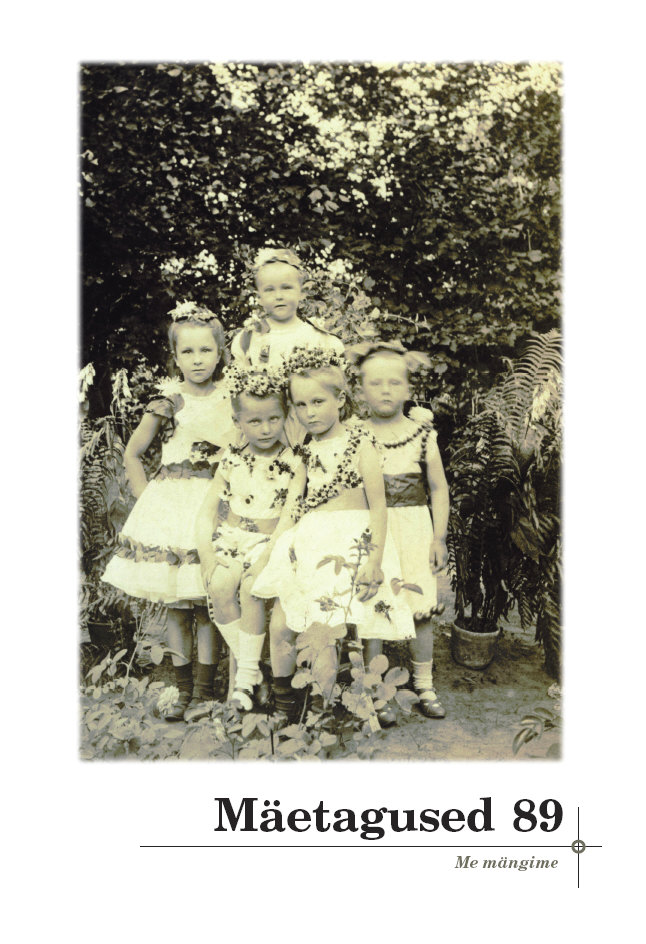Muutuvad arusaamad lastest ja laste uuenduslik energia
Changing images of children and children’s innovative energy
Author(s): Dagmar KutsarSubject(s): Customs / Folklore, Cultural Anthropology / Ethnology, Culture and social structure
Published by: Eesti Kirjandusmuuseum
Keywords: images of a child; socially competent child; innovative energy of a child; child’s play;
Summary/Abstract: Understanding the child and childhood depends on the content attached to these concepts. Different images have prevailed in different times and they reflect in modern understandings of children. Drawing on Philippe Ariès’ seminal work, Centuries of Childhood, the paper offers a glimpse of images of children through time. History has portrayed the vulnerable, fragile child who needs protection and the immature child who needs to be educated and disciplined. Both images are represented in adults’ and children’s perceptions of today’s children. These perceptions in turn influence the way adults treat children. For example, a parent who sees the child as vulnerable and fragile may be overprotective and limit the child’s autonomous behaviour; another parent may not be able to negotiate with the child and may be easily punitive in situations where the child makes mistakes. According to children, they do not misbehave deliberately, but because they are immature and lack knowledge and experience. Understandably, they also agree with the image of a vulnerable child – in some situations they need to feel safe and protected. With the adoption of the Convention on the Rights of the Child by the UN General Assembly in 1989 and its ratification by state governments, the image of the socially competent child began to develop vigorously. The current article focuses on the competent image of the child, according to which a child is an active social agent and socially competent according to age to evaluate his or her lived life. The paper recalls keynotes of Ivar Frønes and Asher Ben-Arieh at international children’s well-being conference which was held in Tartu in 2019. According to them, while an adult thinks about life lived today, and thinking about tomorrow is the quest to “think out of the box”, a child has to live life forward each day, i.e., find solutions here and now, harnessing their innovative energy; for example, when confronted with new situations that require new solutions, or when interpreting and reproducing knowledge individually and collectively, shaping the world in which they live and, last but not least, bringing about change around them, e.g., contributing to the parent’s growth into parenthood. The challenge of modern childhood is to understand social processes in a forward-looking way, focusing not on future adulthood but on the here-and-now of childhood. Children use their innovative energy in everyday interactions and play, which is an important part of their lives. In a broad sense, play is action, it is practice of living, including the development of new skills and self-socialisation. There is plenty of innovative energy in children in their free play. In conclusion, it has to be said that, as society develops more rapidly, innovative energy and thinking are increasingly becoming a challenge for adults too. The article is based on the introductory presentation of the winter conference of folklorists, “Playing and Playfulness in Folklore”, held in Kuremaa Castle on 2–3 March 2023.
Journal: Mäetagused. Hüperajakiri
- Issue Year: 2024
- Issue No: 89
- Page Range: 5-20
- Page Count: 16
- Language: Estonian

